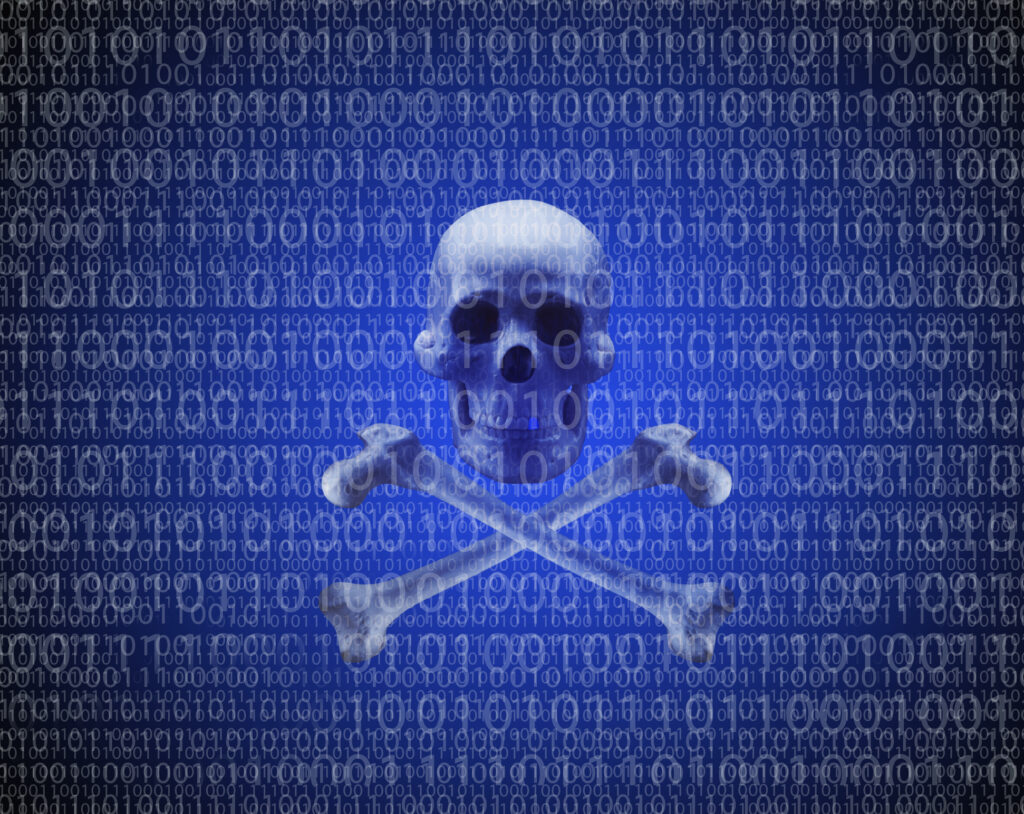
For the last couple of years, SD-WAN technology has been on a roll. Businesses going through digital transformation initiatives are increasingly leveraging cloud platforms to host applications (both IaaS and SaaS) that are critical to the business. However, the legacy hub and spoke networks leveraging private telco links were not designed for direct connection to cloud-based apps from remote locations. Instead, all the traffic was funneled through the data center, creating a lot of round trips, latency, and poor user experiences.
SD-WAN changed all that and enabled organizations to effectively take advantage of multiple broadband connections to create highly performant and secure connections from branch offices directly to cloud platforms, corporate data centers, and other remote offices. Leveraging broadband connections (or a combination of broadband, MPLS and even 4G) provided greater flexibility, access, and even lower costs. Additionally, these SD-WAN technologies provided a number of other benefits to the business including:
- Zero touch deployments to enable site to be turned up rapidly.
- Prioritized application traffic to ensure critical voice and video applications always perform well.
- Effective and efficient use of all existing bandwidth.
- Securely segmenting application traffic ensures business apps aren’t mixed with gaming traffic.
- Centralized policy management and distributed enforcement ensures changes are implanted at every site.
Over the last week or two, I have spoken to a number of SD-WAN providers (VMware VeloCloud, QoS Networks, Silver Peak, and Cato Networks) who are reporting that in light of the COVID-19 pandemic that businesses are now adapting SD-WAN to enable work-from-home (WFH) initiatives. It stands to reason that if it can provide benefit to the branch office, it can do the same for the employee now working from home. Here are a couple of examples:
- There is a large insurance company that ordered 5,000 new SD-WAN instances to be rolled out over 10 days to ensure their employees have optimized access to internal and cloud applications and that corporate policies can be enforced at these new edge locations –employee homes. In this case, a partner was handling the staging, distribution and turn up of services with an extremely expedited timeframe. Fortunately, zero touch provisioning and centralized policies ensure minimal involvement is required by the employees.
- In another instance, the technology is being used to enable doctors and healthcare professionals to more effectively and securely deliver TeleHealth/Telemedicine from not just their offices, but also their home locations as well. Given the risk so many of those on the front lines are facing, the ability to screen potential patients from remote locations or enable doctors from different parts of the country to help those in the hardest hit areas, this is a great application of SD-WAN technology.
- A call center business handling medical-related issues rapidly transitioned from an on-premises business to a work-from-home model, bringing up 300 agents in less than one week from placing the order, 400 agents within two weeks, and now have 800 employees set up to work from home. Again, because of the innovative zero touch provisioning and centralized control, these technologies are able to be deployed in a very short time frame. For a call center business, SD-WAN technology will provide significant benefit by optimizing real-time audio and video services to ensure the best possible customer experiences, regardless of where the call center operators are located. Click here for more information.
Clearly the COVID-19 pandemic has forced all organizations to rethink their business continuity plan. As employees shift to work from home to remain safe, we are starting to see innovative technologies like SD-WAN be deployed to ensure call center agents can still deliver services, health care professionals can interact with patients, and other medical centers and employees can access mission-critical business and collaboration apps with prioritized access – especially with so many students also at home, vying for bandwidth for online gaming and streaming video!





 It’s 2020, yet many organizations still depend upon a myriad of disparate point tools for security operations, leading to many challenges. According to ESG research:
It’s 2020, yet many organizations still depend upon a myriad of disparate point tools for security operations, leading to many challenges. According to ESG research: